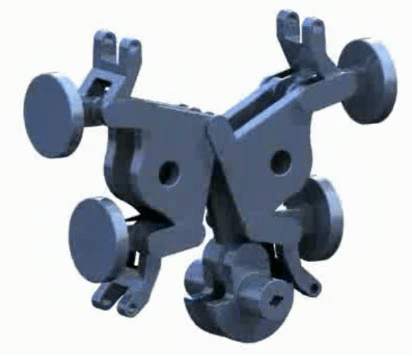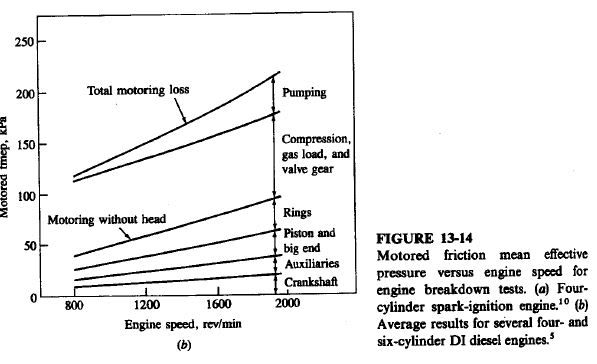Wow. Interesting. I count 25 spots where something pivots, not counting the crank main and big-end rod bearings, several of which may share a common axis, 20 spots if you count the spots where three things pivot on a common axis as one each. And presumably it will share the general design of a valvetrain mechanism with a normal engine, except if you use a normal cylinder head arrangement the camshaft has to spin at an axis perpendicular to the crankshaft - can't just use a normal timing chain or timing belt, it needs to turn the rotation 90 degrees - and two such mechanisms since it is an upturned flat-four thus needing two cylinder heads. Or maybe there's something unique planned for valve actuation as well, which isn't shown there.
My little rolling-element-bearing Honda single spins over with pressure from a pinkie finger until you put the piston and cylinder on (piston ring friction), and even then, it doesn't require appreciable force to spin over until you install the cylinder head and timing chain for the camshaft and valve mechanism (spark plug removed), at which point you have to overcome the valve spring pressures against the cam lobes.
When Japanese motorcycle manufacturers moved from mostly single-cylinder and two-stroke engines (all of which used, and still use, rolling-element bottom ends) into making multi-cylinder 4-stroke motorcycle engines in the 1970s, they continued using rolling-element bottom ends and built-up crankshafts for some time, because that's what they knew how to build. They all switched to hydrodynamic bearings and pressure lubrication decades ago, though.


